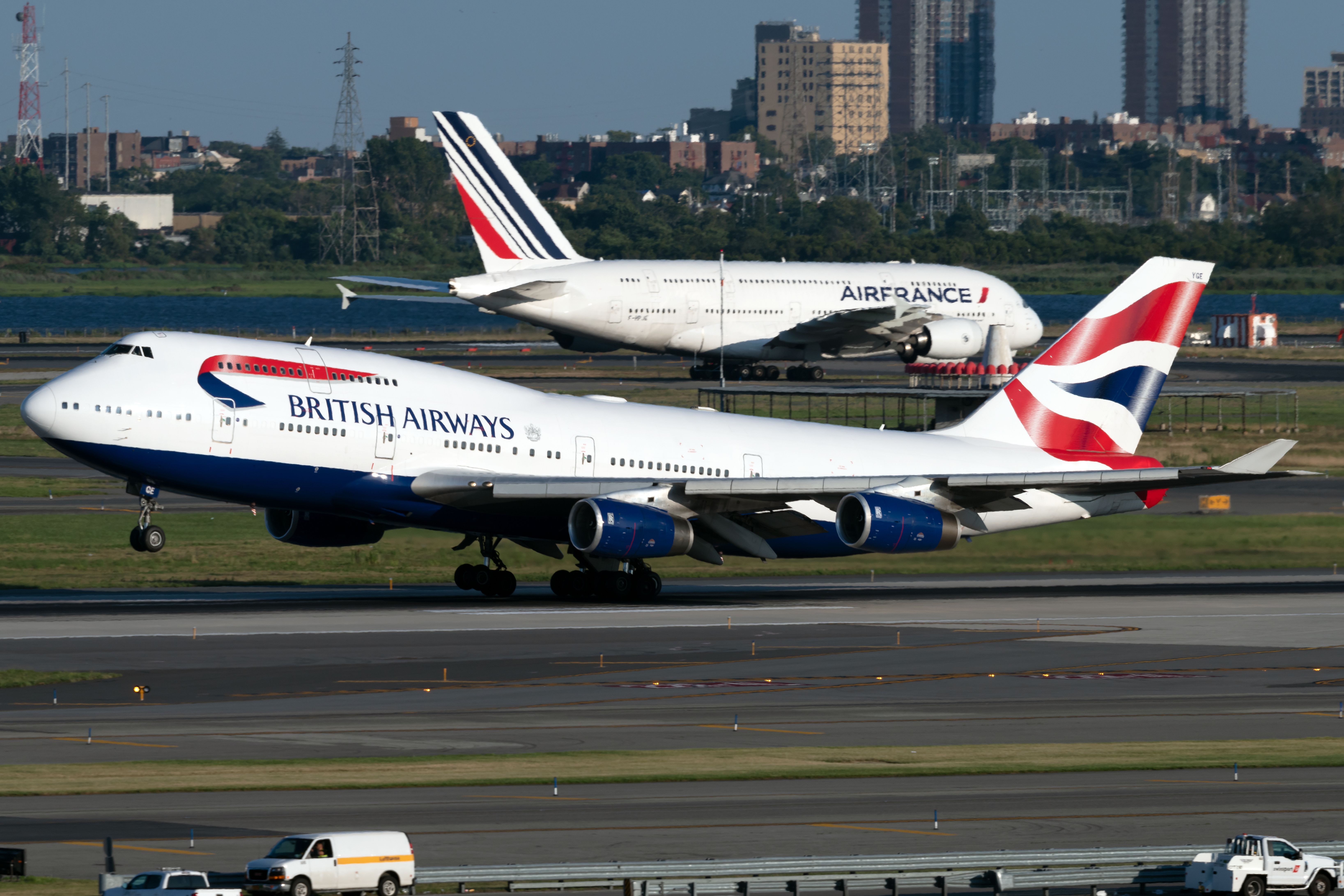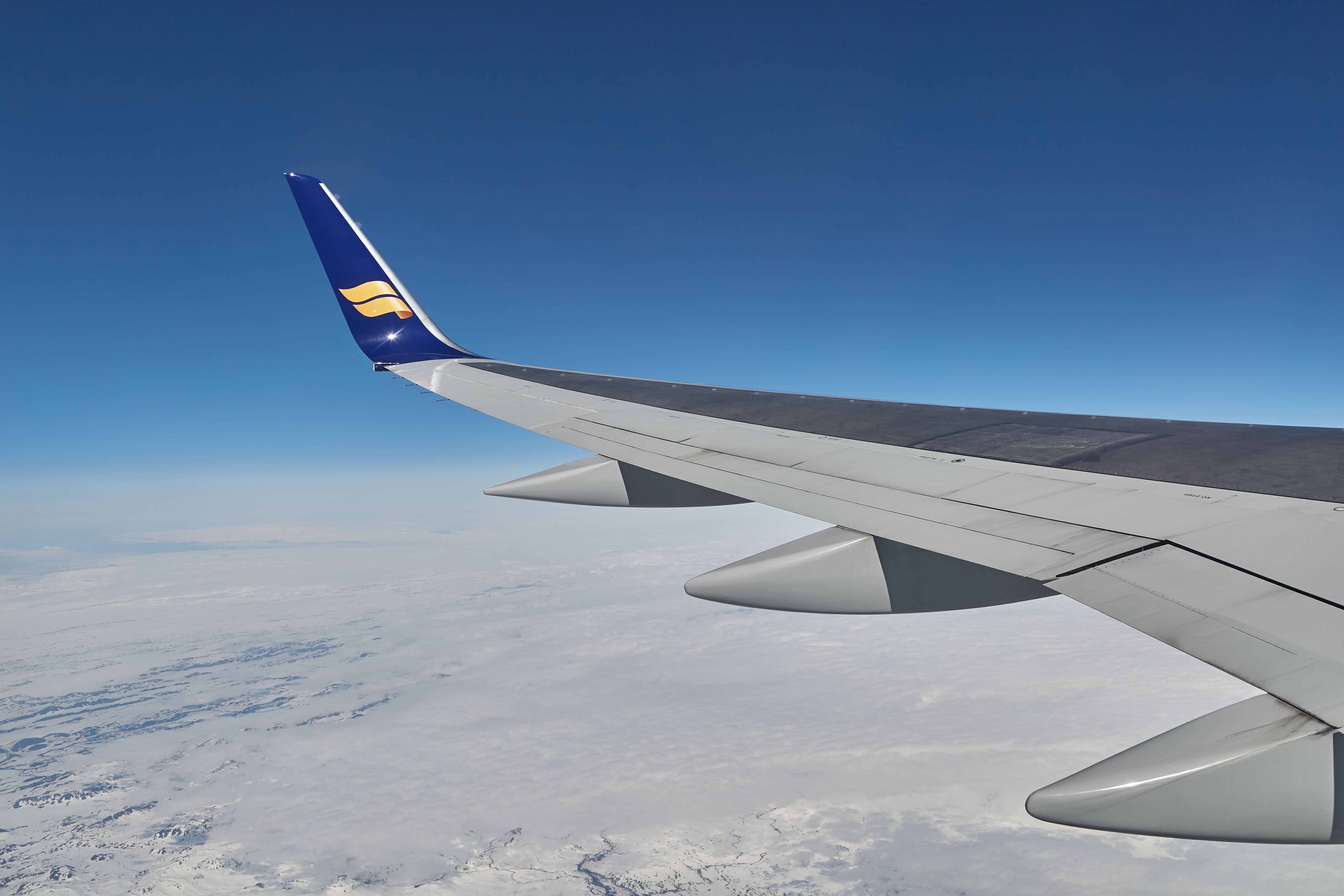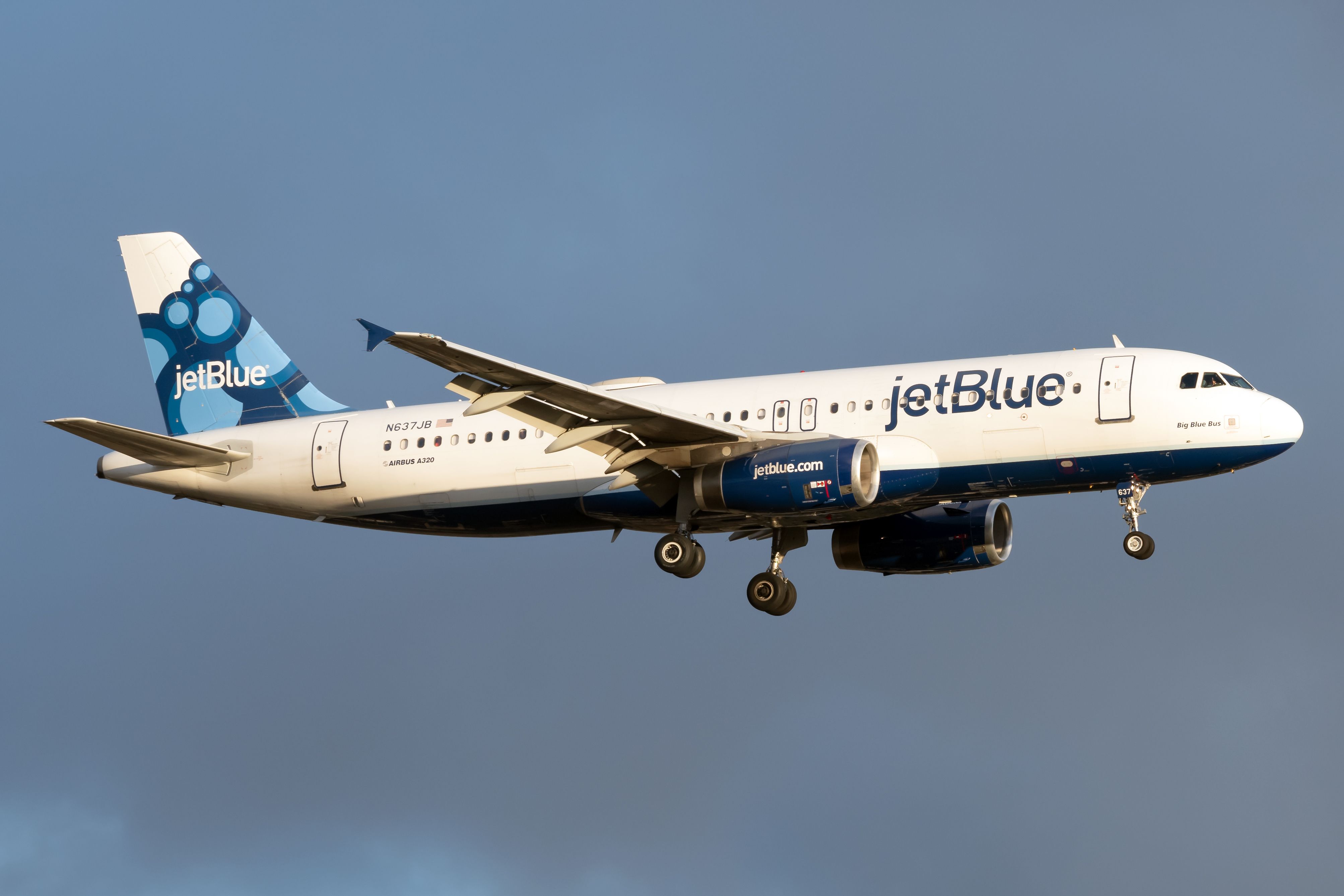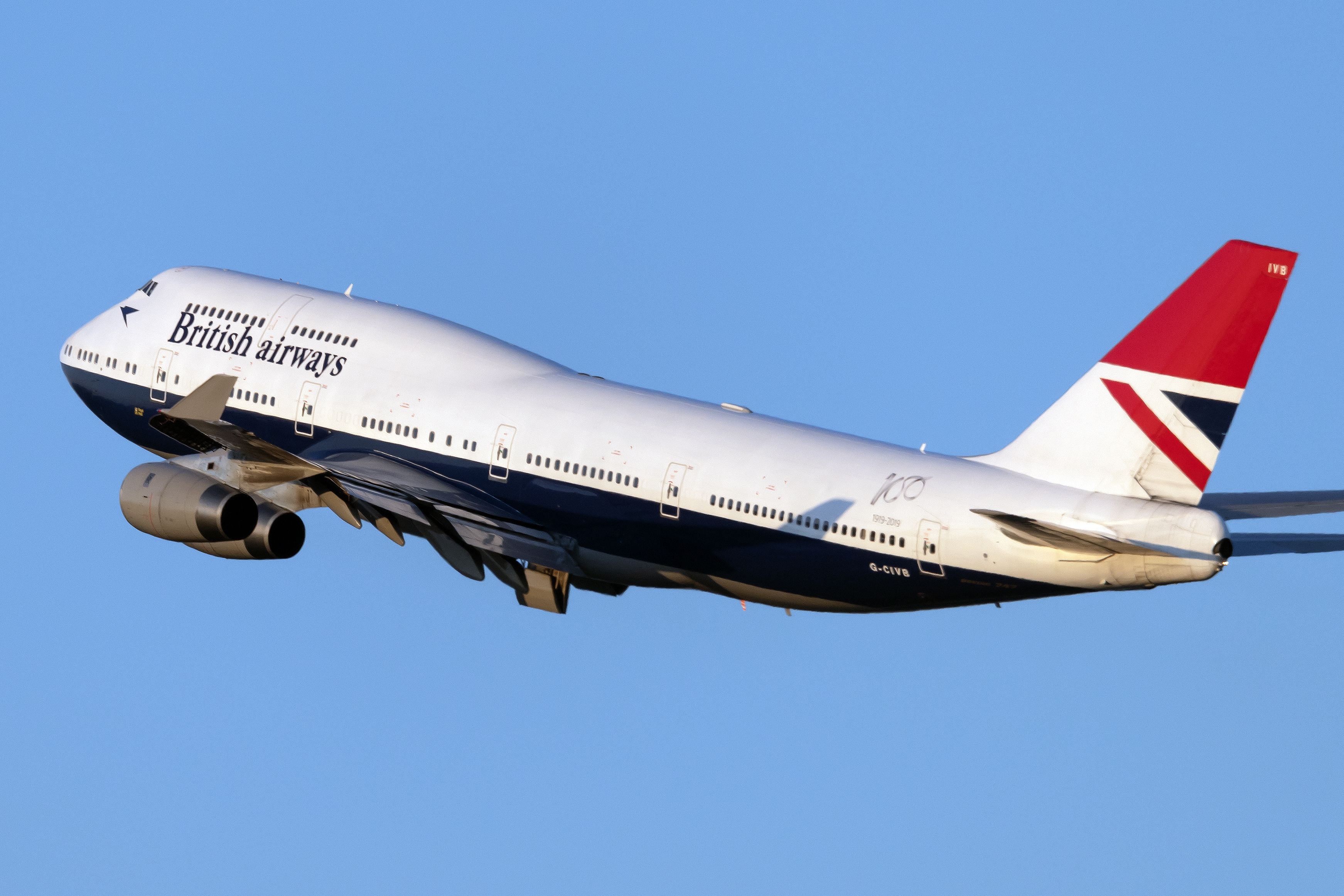Winglets (or wingtip devices) come in many shapes and sizes. Hence, the terminologies used for them differ by aircraft type and manufacturer. Winglets are vertical, canted, or curved devices installed at the wingtips to increase the aircraft’s aerodynamic efficiency.
Aircraft fuel efficiency
Fuel efficiency is directly affected by the magnitudes of drag airliners experience during flight. Apart from the parasite drag (form, interference, and skin friction), a large portion of the aerodynamic drag results from the airflow rolling from the higher-pressure side of the wing to the lower-pressure side, causing wingtip vortices.
Lift-induced drag is generated as a byproduct of the downwash from the vortices, which affects the aircraft’s aerodynamic efficiency. Depending upon the aircraft type and phase of flight, approximately 35 to 40% of the total drag can be associated with lift-induced drag.
Wingtip devices
Wingtip devices improve the aircraft’s performance by managing the pressure distribution as the high-pressure flow wraps around the wingtips. The lift-induced drag on aircraft is reduced by partial recovery of the tip vortex energy through winglets. Depending on the type of device and flight conditions, wingtip devices can improve fuel efficiency by 2-5%.
First wingtip devices
Before the Wright Brothers’ first flight, Frederick Lanchester, an English engineer, related the function of wingtip devices to the upturned features of soaring eagles. In 1906, he published his work, Aerial Flight, overviewing the challenges of powered flight.
Lanchester developed a vortex model based on swirling motion behind wings during flight. Years later, German scientist Ludwig Prandtl mathematically confirmed Lanchester's vortex theory. Lanchester designed and tested various types of winglets on gliders.
In the following years, some plate-like wingtip devices were used on military aircraft. In 1975, the first winglets were introduced on Burt Rutan’s recreational aircraft, Rutan VariEze. In 1977, vertical winglets were introduced on Learjet 28 to optimize its efficiency.
Airbus A310-300
In 1985, Airbus introduced wingtip fences (winglet surfaces extending both above and below the wingtip) on the A310-300, improving the cruise fuel consumption by over 1.5%. Wingtip fences have surfaces similar to that of a winglet which generally provides similar aerodynamic benefits.
The same wingtip design followed the A300-600 and A320ceo models of aircraft. More recently, wingtip fences were installed on the infamous flying beast, the Airbus A380. Airbus opted for blended wingtip designs for some models of the A320 family (A320 Enhanced and A320neo), A330neo, and A350 aircraft.
Boeing 747-400
Also in 1985, Boeing announced a brand-new variant of the iconic Boeing 747, the -400. Boeing aimed to increase its operating range with a larger wingspan and the addition of canted winglets. This was the first time the canted winglets were officially introduced to the commercial aviation market.
The winglets alone improved the range of the 747-400 by 3.5% compared to the -300 (no winglet) version. The first 747-400 with canted winglets was delivered to Northwest Airlines in 1989. In 1993, Airbus used canted winglets on its four-engined A340 and the twin-engine A330 in 1994.
What do you think about the first wingtip devices used in commercial airliners? Tell us in the comments section.




